Back in June 2015, SEGA first unveiled its “SEGA feat. HATSUNE MIKU Project: VR Tech DEMO”, for Project Morpheus. That tech demo turned into an actual game, called Hatsune Miku; VR Future Live, which was released a few days ago as a launch title for PlayStation VR. It’s not the first time that SEGA has tried to replicate the feel of a live Hatsune Miku concert. In Hatsune Miku; Project DIVA F 2nd, the Studio mode allowed you to view a “live” performance as well, from different camera angles. In Hatsune Miku: Project DIVA X, some of the Event Requests were in front of a “live” audience that sang along with the tunes at times. But these never came close to recreating the feel of an actual Hatsune Miku concert.
So in comes Hatsune Miku: VR Future Live, promising to deliver a Hatsune Miku VR concert unlike anything we’ve seen before. Leading up to its release, the digital-only game was rarely brought up in articles discussing the launch lineup for the PlayStation VR. Even Sony didn’t list the game in their “full” lineup of launch games on their official blog, seemingly confusing the game with the VR functionality that was being added to Hatsune Miku: Project DIVA X. Given all this, and what seemed like a limited gameplay experience and only 7 songs included in the game, my expectations for VR Future Live were rather low. But after playing the game, I realized I had been focusing too much on gameplay, rather than the VR experience that Hatsune Miku; VR Future Live offers.
Graphics and Presentation
The game’s menu is reminiscent of the colorful and futuristic styled menus that we’ve seen in the recent Project DIVA games, but this time it was clearly designed with VR in mind. The screenshots included here are taken from the PlayStation VR’s social screen output, and they don’t accurately reflect what you see in-game. The social screen tends to muddle the graphics somewhat, and it looks better in-game.
Nonetheless graphically the VR headset’s display does take some getting used to. It’s all a step down from the kind of quality we’re used to seeing on a TV screen. Things can look rather grainy and pixelated, especially when viewing objects that are in the distance. This is really caused by the fact that you’re sitting so close to the VR display, and it goes for all of the PlayStation VR games I’ve tried so far. In fact, much like with Rez Infinite, it’s apparent to me that games with a more minimalist style tend to work better with PlayStation VR. That also goes for VR Future Live. For that matter Hatsune Miku: VR Future Live is also one of the games less likely to cause nausea, as the amount of movement is limited (more on that later). In comparison to the other PlayStation VR launch titles, Hatsune Miku: VR Future Live certainly delivers a solid presentation.
Gameplay
First some information on the structure of the game. Each playthrough, or performance, will feature three to four songs (the fourth one is a private encore performance from Miku, which you only get it you play well enough throughout the previous songs). One playthrough can take around 20 to 25 minutes minutes. A brief tutorial is given the first time you play, explaining how to move the Dualshock or Move controllers in tune with the rhythm of the song (and the rest of the audience) when a prompt appears. That said, the tutorial doesn’t mention everything you need to know, such as how to play the rhythm game section. A bit more info would have been helpful there. While I don’t often read online manuals for a game, in this case I would advise people to do so, as it does contain some important details that you may otherwise miss out on.
At the start menu, outside of a few options, there’s little more to do than to select “Begin Performance”, at which point you’ll find yourself standing in a crowd, waiting for the concert to begin. Even though the rest of the crowd are only shown as shadowy figures holding a glow stick, the impression you have of actually being there, with people standing next to you, is rather convincing. It’s immediately obvious that this kind of immersion isn’t something that can be achieved on a regular TV screen.
Before Miku appears, you’re asked to select one out of two songs, both displayed on the stage as floating orbs. Once you have selected the song (by repeatedly waving your glow stick towards it), Hatsune Miku will make her entrance and perform the selected song. Plenty of on-stage effects appear, and 3D objects and words may appear on the stage, delivering a more futuristic feel to the concert.
During the concert, you can switch seats using the directional buttons at any time. There are a couple of predetermined positions, some of which are actually on the stage itself. The triangle button will transport you to a floating platform, above the crowd and the stage. As you switch seats these, you’ll notice the audio changes as well. If you’re farther away from the stage, the sound will appear to come from afar as well. This positional audio was one of the features promoted with PlayStation VR, and it’s achieved with regular stereo headphones. On the stage when you’re standing close to Miku and she passes you by while performing her dance routine, this effect is very noticeable, as you hear her own singing voice, rather than the audio from the concert speakers. It definitely helps add to the immersion, and I’ve noticed that Project DIVA X’s VR mode doesn’t have this feature.
Pretty much all of the actual gameplay, which is limited, will have you waving the controller (Dualshock or Move) around, which matches a glow stick that you’re holding in-game. Interestingly, the Dualshock controller I was using was actually rendered in-game. It’s a neat feature that again adds to the overall immersion, and I’ve noticed other VR games do this as well.
The “Voltage” concept from Hatsune Miku: Project DIVA X makes somewhat of a return here. In this game, it represents the hype level of the crowd, and the Voltage level is shown on the pillars at the back of the stage. These will start to light up, from bottom to top, as Voltage increases. At certain points throughout the song, you’ll be asked to shake the controller to the rhythm of the song (left and right, or backward and forward) via an on-screen prompt (which can be disabled). The controller will also start to rumble to notify you of these sections. If you pass these parts of the song with the right rhythm, Voltage will increase.
Aside from waving the glow stick, the game also occasionally asks you to shout out to Miku in certain songs, which is picked up by the PlayStation camera’s microphone. Lastly, there’s also a rhythm game that pops up in some of the songs, which uses the Star Notes from the Project DIVA games. As soon as the notes reach their target, you’re supposed to wave the glow stick, or flick the right/left analog sticks.
It’s all very easy to do, so there’s little challenge to the game. While I was initially worried the gameplay would be too limited, I now understand why it was designed this way. I imagine the developers didn’t want to constantly interrupt the player, as that draws attention away from the VR concert, especially when you’re still figuring out how it all works. Indeed, after coming back to the game on the second day that I played it, I was actually more impressed by the VR experience when I took the time to look around. Nonetheless, I do feel like the developers could have opted to deliver both a “concert” mode without gameplay, and one with more of a challenge for more experienced players.
As you build Voltage, various events may occur. You may, for example, notice light particles flowing towards Miku, causing her to switch into the module (costume) that was designed for the song specifically. Amusingly, your standard green glow stick may also transform into various different objects as the concert progresses, including a tambourine and a leek (each giving their own distinct sound when you shake them). You can cycle through the different glow sticks/instruments you’ve earned using the square button.
After the first song, Miku will ask you to select another song (you again get to choose one out of two songs). That process is repeated once more for the final song. However, as the concert seemingly ends, the crowd will start to shout for an encore, and energy (or “Voltage”) will start to collect in a glowing orb in the center of the stage. Interestingly, you can see how more and more people around you start to join in, asking for an encore.
Collect enough energy, and you’re transported to a special stage for a special one-on-one performance by Miku. She’ll first ask you which module she should wear, at which point you’re offered a selection of modules you’ve unlocked (more on that later). Next, she’ll perform the song “Love Song” (unfortunately, it’s always the same song). You’re not asked to play any rhythm games here, instead you’re just left to watch the performance from a viewpoint of your choice. Which is actually kind of awkward. There’s really only so much time you can stand there, doing nothing except for staring at a virtual idol. It would actually have been more interesting had she just performed the song in the regular concert hall, with stage lights and more visual effects.
And with that, the performance ends with Miku asking you to come to her next concert, after which you’re back on the main menu. Essentially, two playthroughs are enough to unlock all of the songs in the 1st Stage, and while you can unlock a few modules (you’re usually given one at the end of the third song), that’s about as much as there is to do in this game.
As limited as the experience with VR Future Live is, I can’t help but marvel at the potential here. Some parts of the game, like the music selection, feel like they’re made for online play. What if the crowd consisted of real people from all over the world, experiencing the virtual concert with you, generating Voltage together? This feels like it could be a first step at the kind of virtual reality concert that was merely science-fiction not too long ago. And maybe a hybrid between VR Future Live and the Project DIVA rhythm games could be the way forward for SEGA’s Project DIVA series, which feels like it lost its direction with Hatsune Miku: Project DIVA X.
Conclusion
There’s very little traditional gameplay to be found in Hatsune Miku: VR Future Live, and you can experience most of what the game has to offer in under an hour. As such, it’s probably not the game that will make you want to go out and buy a PlayStation VR headset. But if you have one already, you may at least want to give the demo a try, even if you’re not familiar with Vocaloids. The emphasis here is on delivering a VR concert experience, rather than a traditional game, and that’s where VR Future Live does succeed. it’s essentially the closest thing that you’ll get to a real-life Hatsune Miku concert. I’m looking forward to experiencing the rest of the game in the coming months, but I do hope that the 2nd and 3rd Stage for the game will add more than just characters and songs. There’s so much room for improvement that it would be a shame not to see it fulfilled.

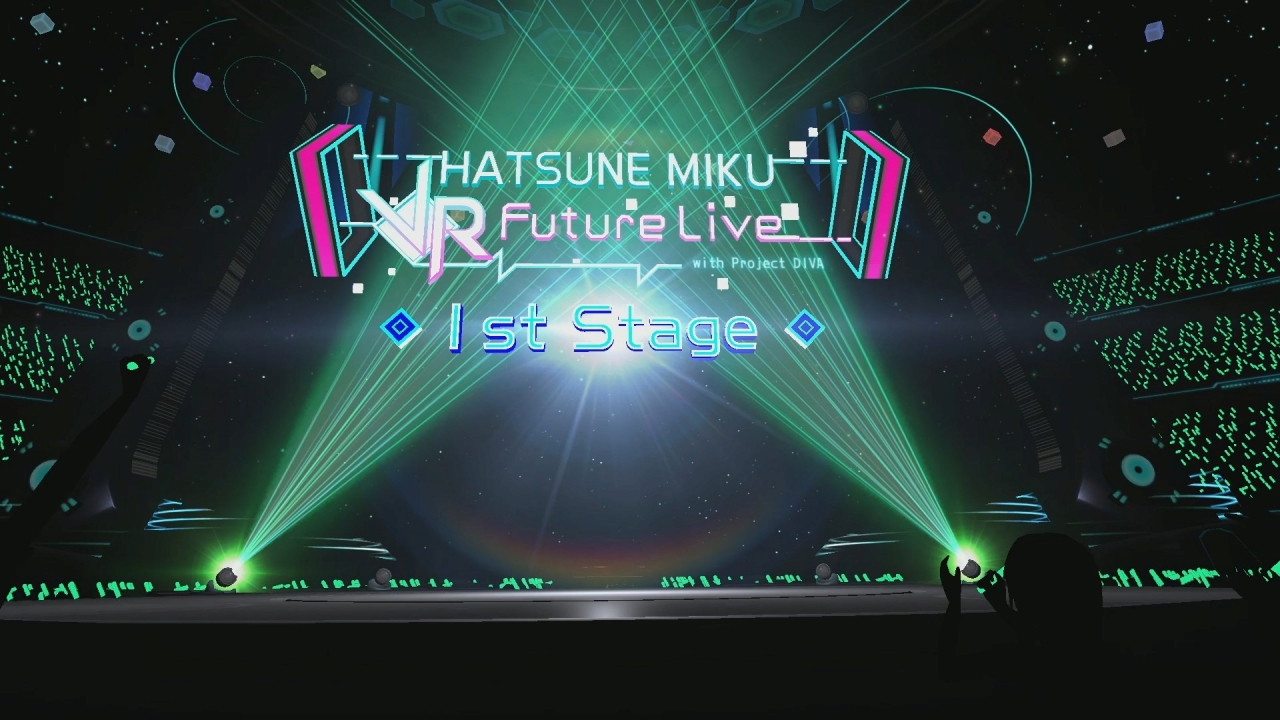
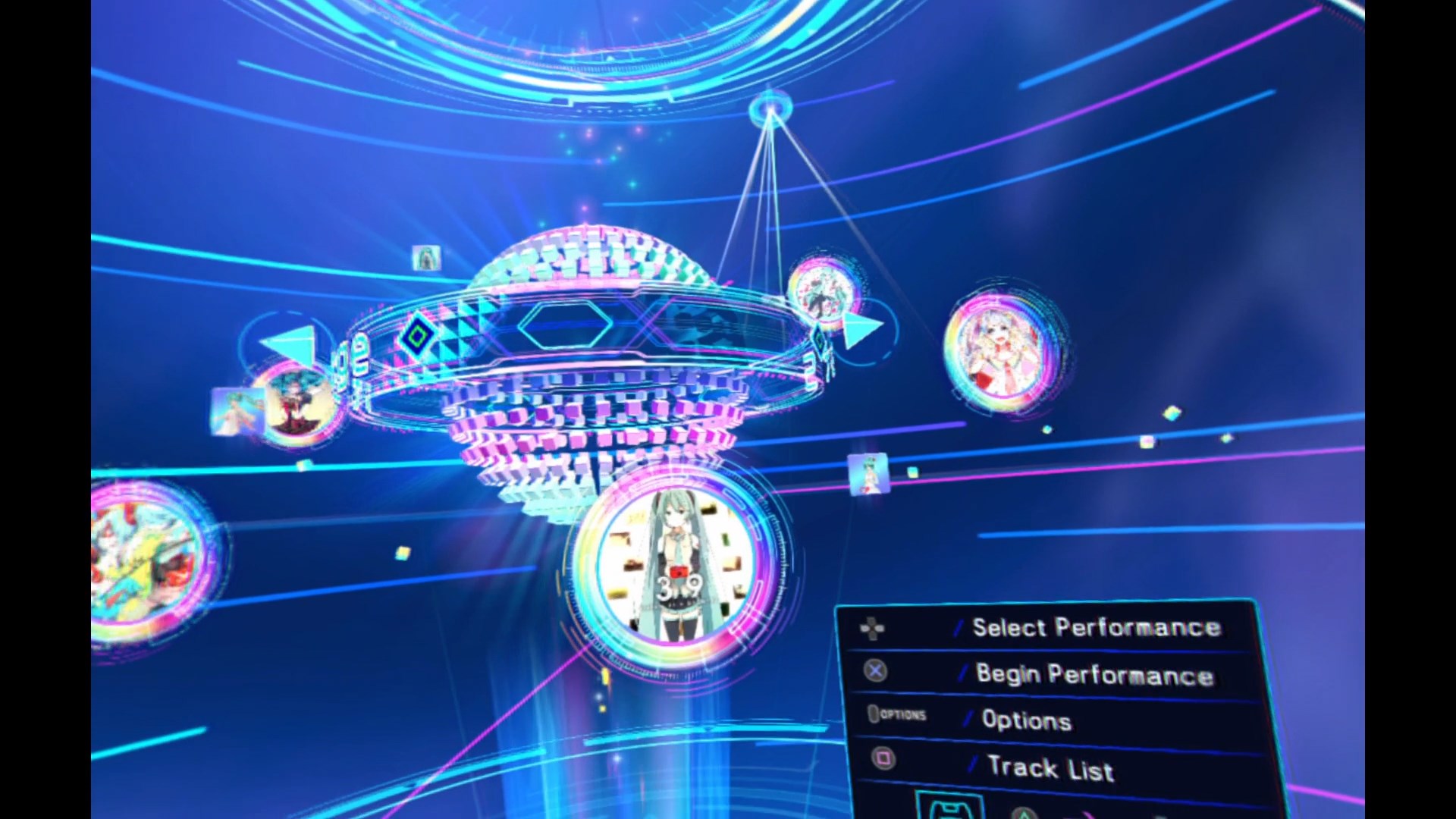
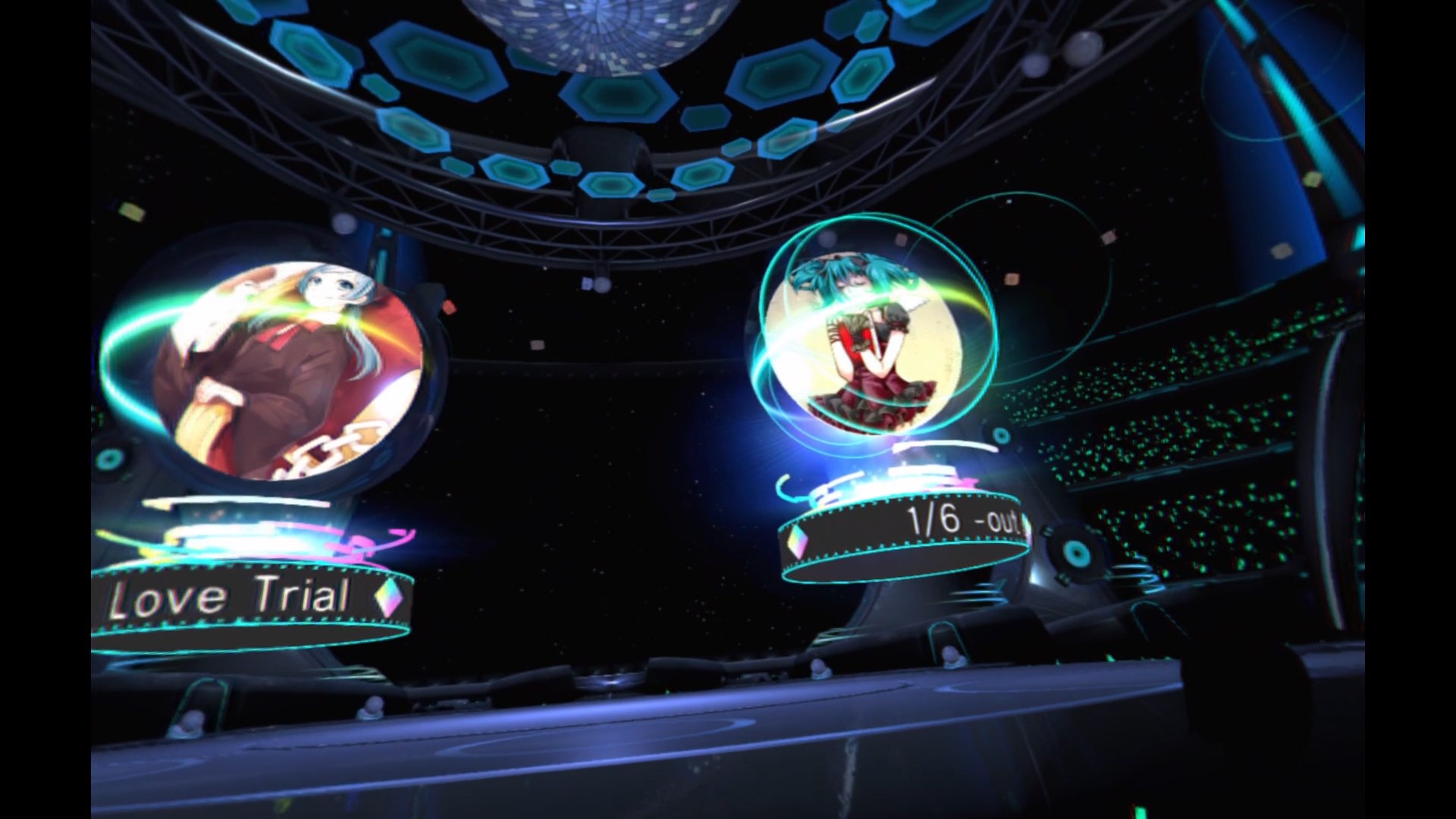
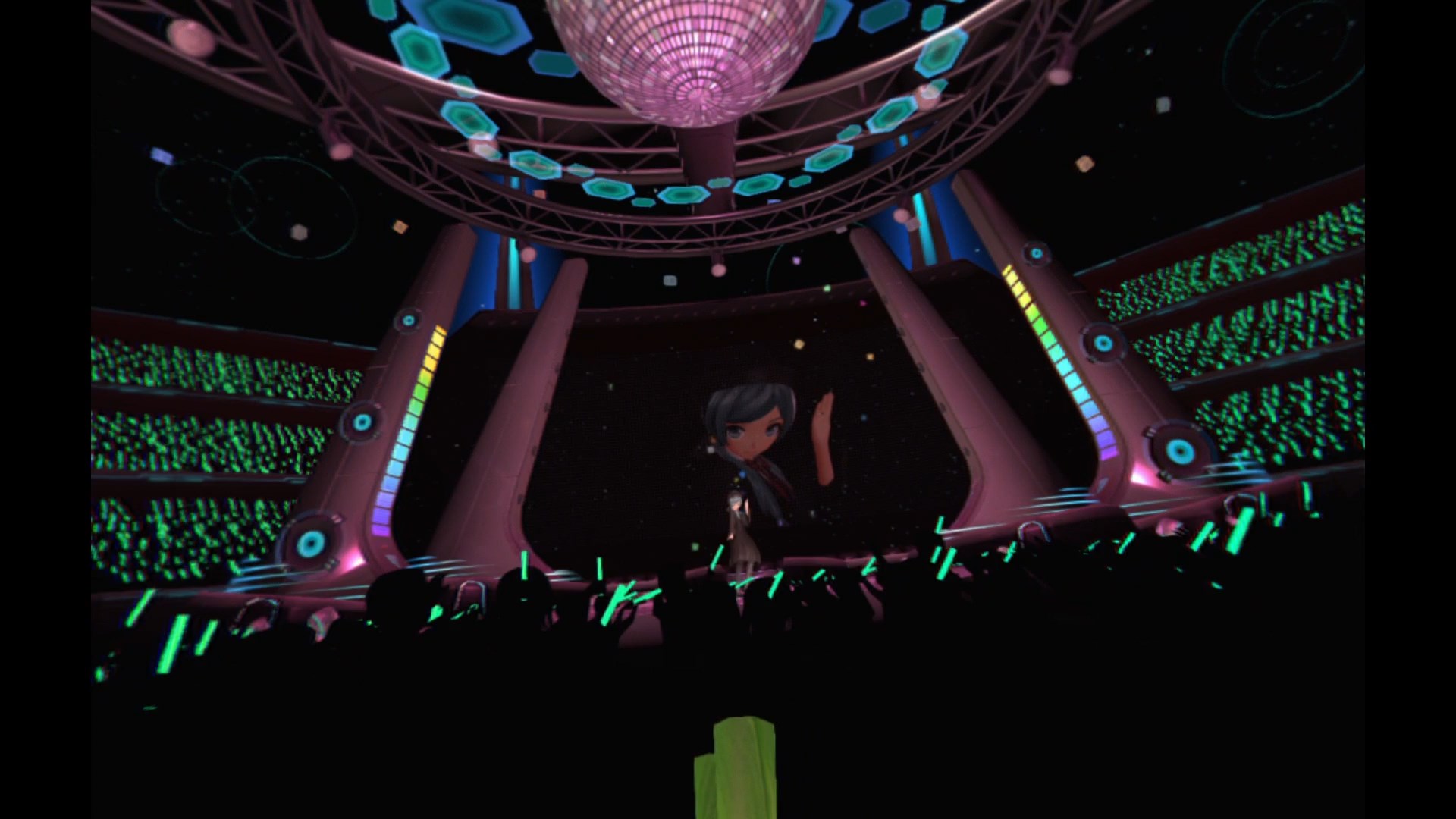
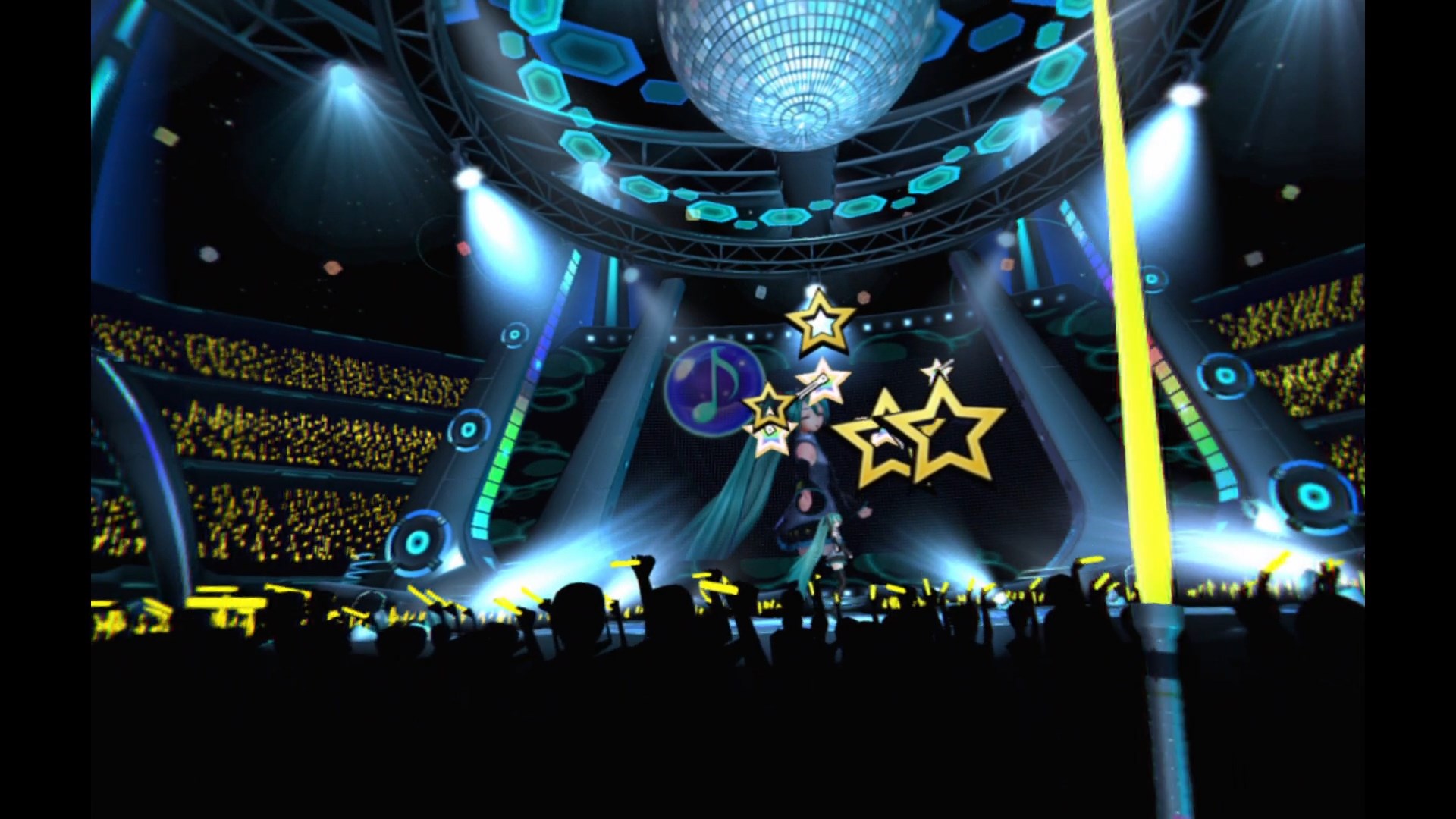
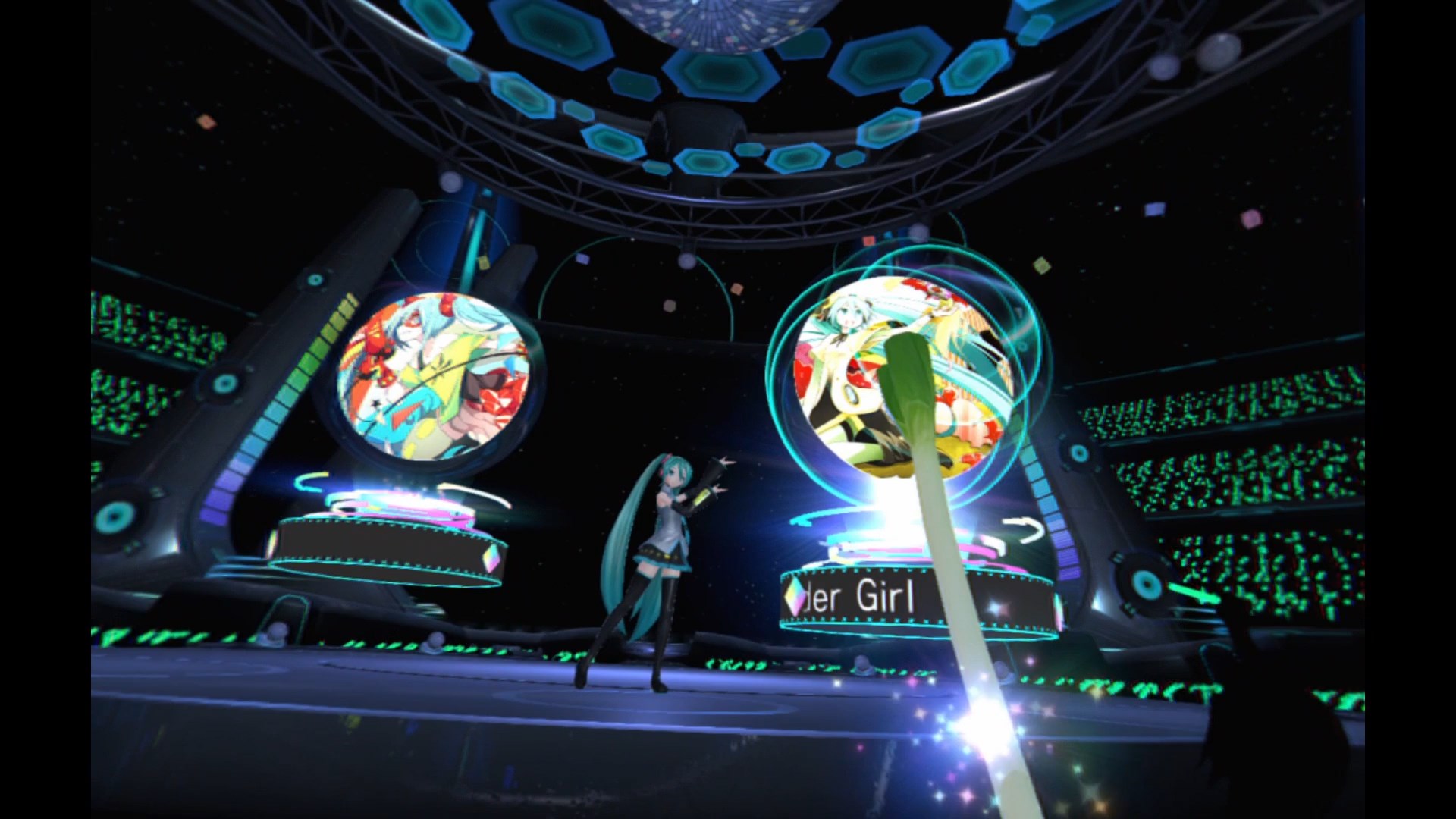
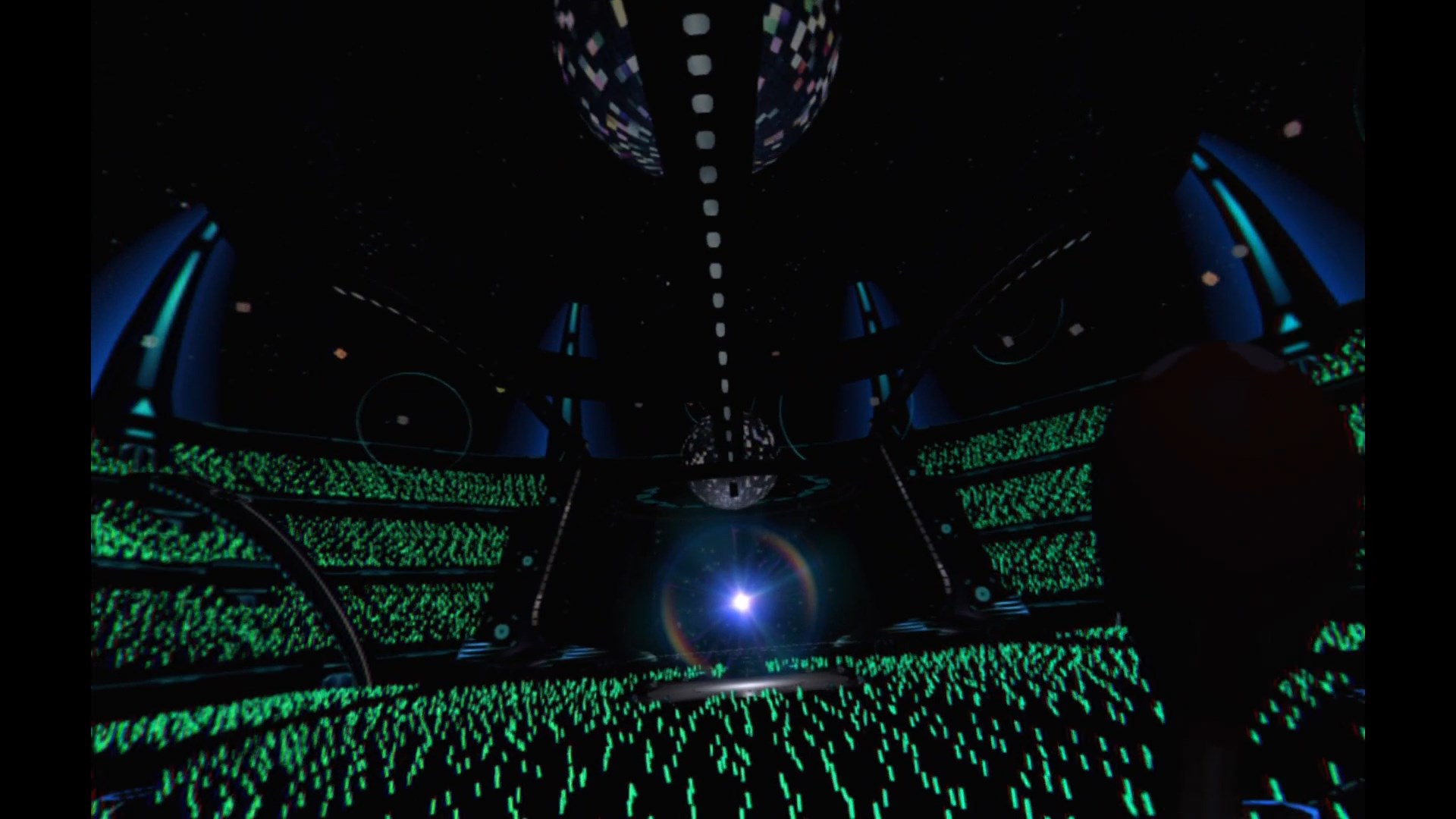
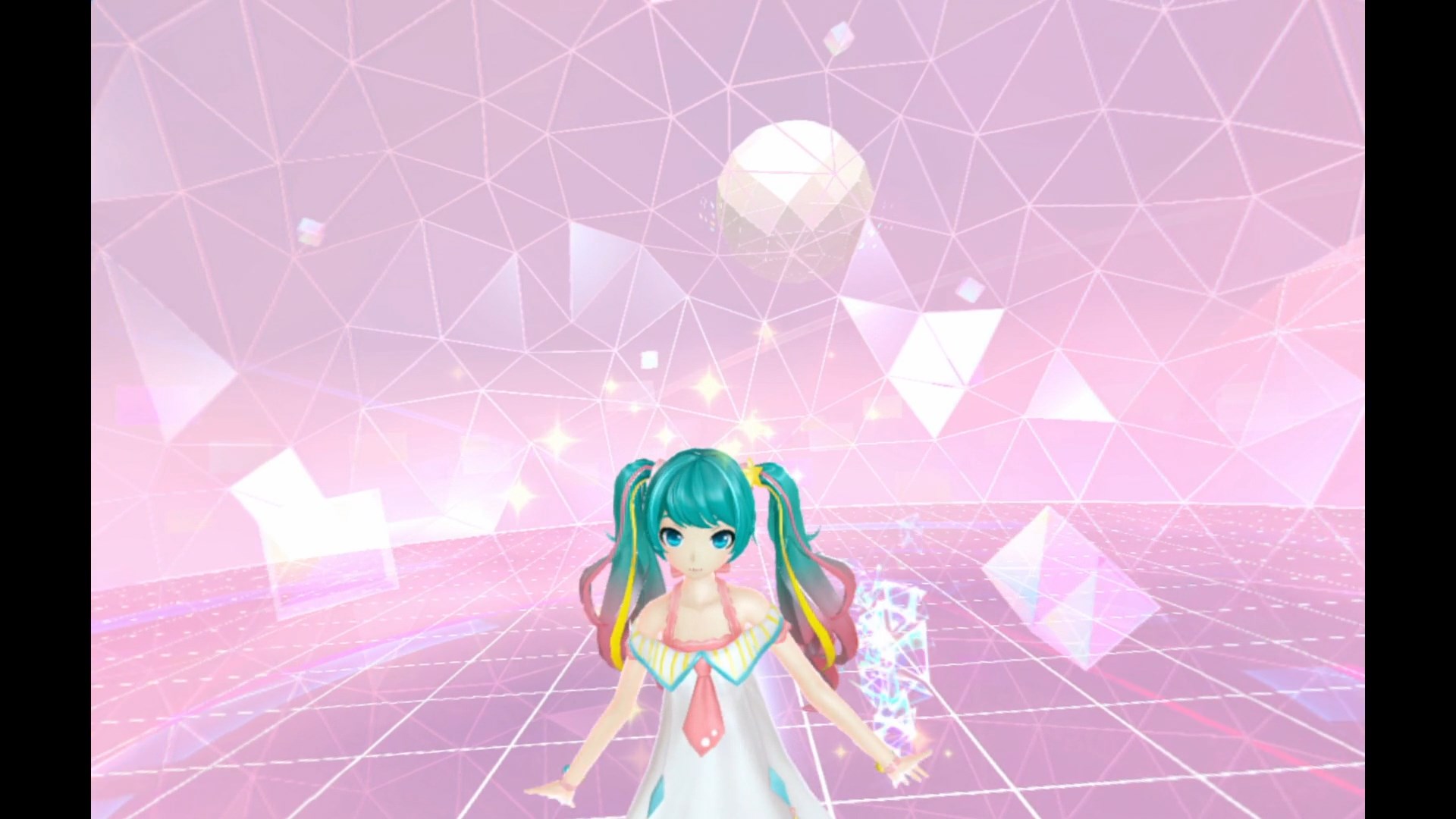
You know what would have rocked? if sega made a lightgun VR game, even Virtua Cop/House of the Dead compilation with some current gen extras, like an arcade room invaded by zombies while you are playing or something 😛 Panzer dragoon would be a nice one too, you would see me riding my chair turning and aiming at all directions. Do it!